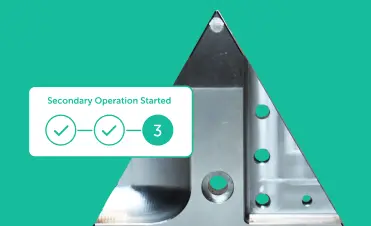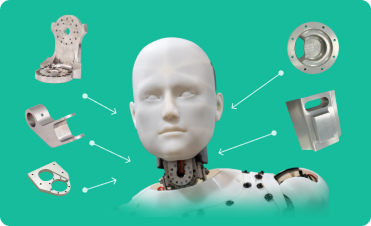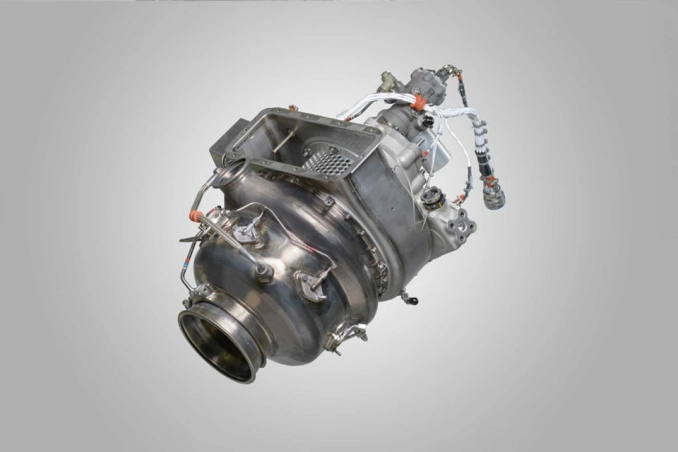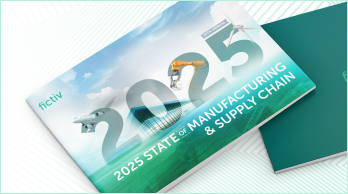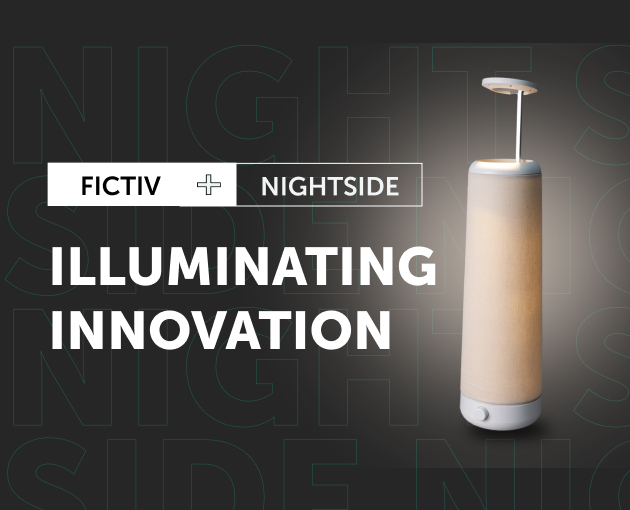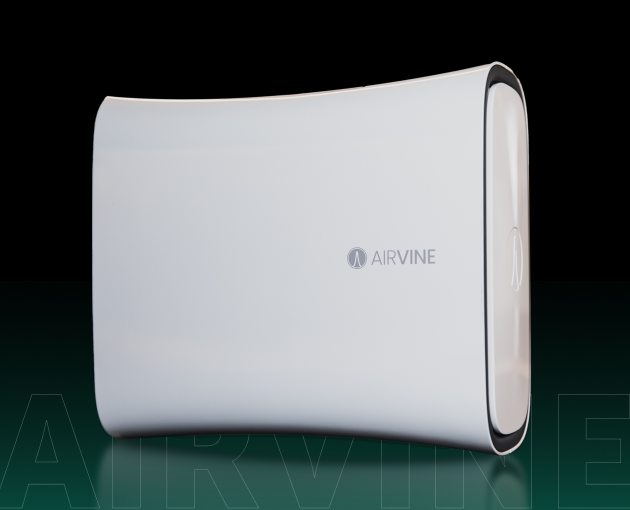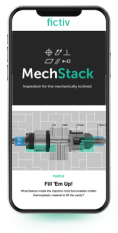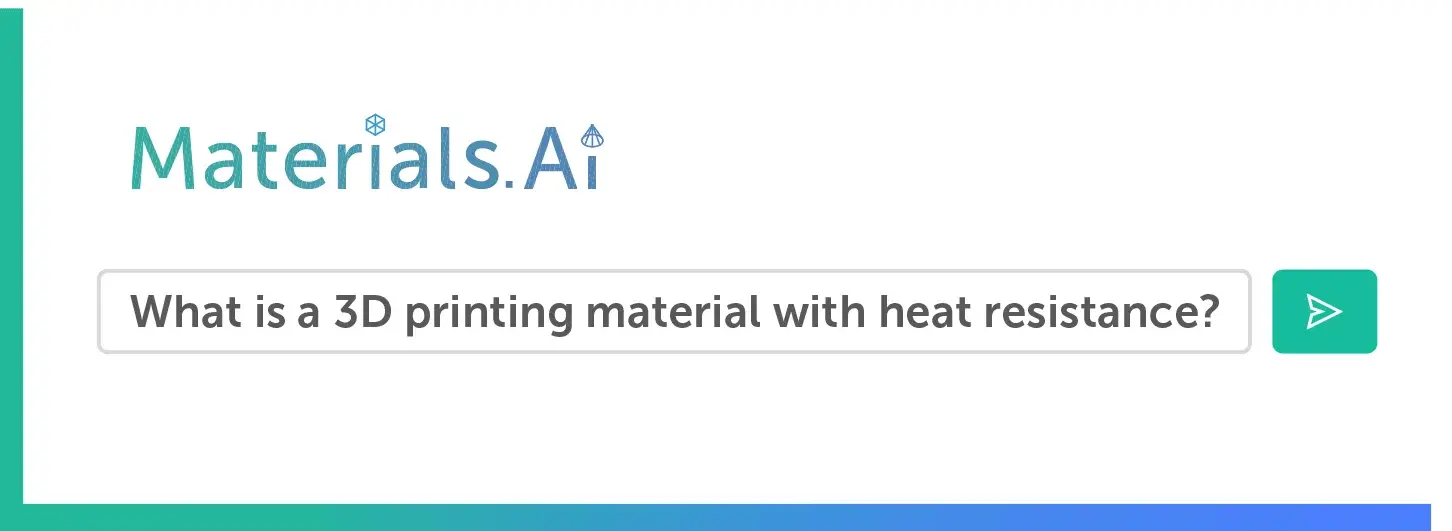Time to read: 7 min
When it comes to injection molding, selecting the appropriate material is one of the most critical decisions you’ll make. The material you choose affects not only the performance and durability of the finished product but also cost, manufacturability, and sustainability.
To help you make informed decisions, we’ve developed a comprehensive Injection Molding Material Comparison Chart, providing a detailed breakdown of key materials, their properties, advantages, and applications.
Below, we’ll explore the essential factors in material selection and how to leverage Fictiv’s AI-powered digital manufacturing platform to optimize your choice.
Industry-Specific Injection Molding Material Insights
Pro Tips for Engineers and Sourcing Professionals
How to Use the Material Comparison Chart
*Injection Molding Material Comparison Chart*
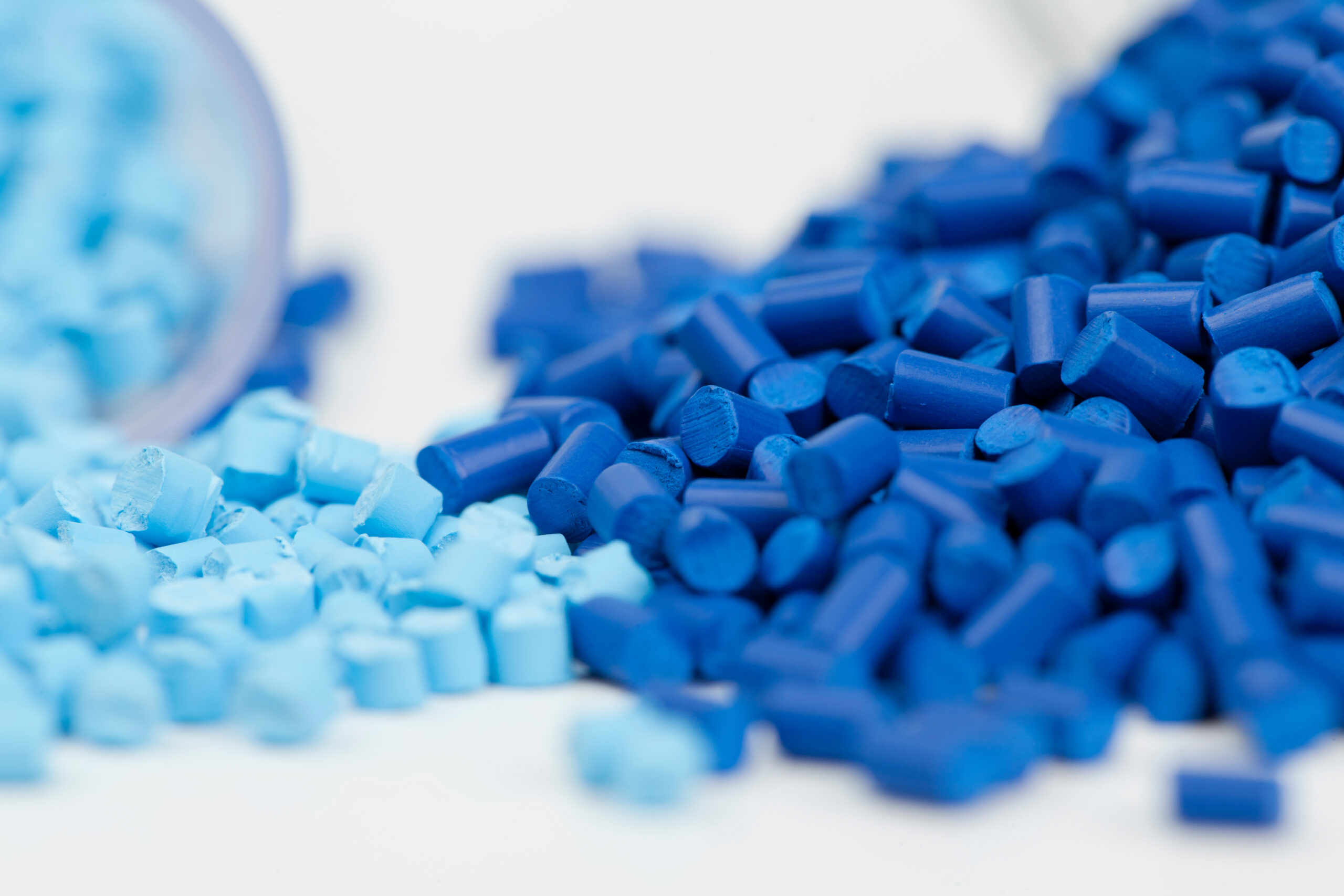
Key Factors in Material Selection
1. Performance Requirements
- Mechanical Properties: Evaluate tensile strength, impact resistance, and stiffness based on application needs. For high-stress environments, consider filled materials like PEEK or Nylon. For seals or grips, consider soft, flexible polymers.
- Thermal Stability: Identify operational temperature ranges and select materials like PPS or PEI (Ultem) for heat-resistant applications.
- Example: PPS is frequently used in automotive parts near engines due to its high-temperature tolerance.
- Chemical Resistance: For exposure to chemicals, prioritize materials like HDPE or PVC.
- Example: HDPE is commonly used in chemical storage tanks for its resistance to acids and bases.
2. Functional Needs
- UV Resistance: For outdoor applications, select UV-stable materials like ASA or UV-stabilized Polycarbonate.
- Example: ASA is common in patio furniture and automotive trims for its resistance to sunlight degradation.
- Moisture Resistance: Materials like PBT or Polypropylene are ideal for humid or wet environments.
- Example: PBT is used in electrical connectors to prevent moisture-related failures.
- Electrical Insulation: For electronic or electrical components, use materials such as Polycarbonate or Nylon with good dielectric properties.
- Example: Nylon is often used in circuit breakers and terminal blocks due to its insulating capacity.
3. Aesthetic Needs
- Surface Finish: Opt for materials like ABS or ASA when aesthetics and smooth finishes are essential.
- Example: ABS is often used in consumer electronics for its sleek appearance.
- Transparency: Use clear materials like PMMA (Acrylic) or Polycarbonate for optical clarity.
- Example: PMMA is a popular choice for car headlights due to its transparency and durability.
4. Environmental Considerations
- Outdoor Use: Select UV-resistant materials like ASA or Silicone for outdoor applications.
- Example: ASA is widely used for outdoor signage and automotive trim due to its weather resistance.
- Sustainability: Prioritize recyclable options like PET or Polypropylene.
- Example: PET is frequently used in beverage bottles because it’s easily recyclable.
5. Manufacturability
- Cycle Time Efficiency: Materials like HDPE and Polypropylene allow shorter cycle times, improving production speed and reducing costs.
- Tip: Consult with Fictiv’s in-house injection molding experts to determine which materials offer the best production efficiency.
- Tooling Requirements: High-performance materials like PEEK and PPS require specialized tooling due to higher processing temperatures. Glass-filled resins require more robust tooling and machine screw/barrel requirements.
- Tip: Fictiv’s Mold Library allows you to manage and reuse your molds for future production runs, reducing costs over time.
6. Cost Considerations
- Material Cost vs. Performance: Premium materials like PEEK may not always be necessary. Compare alternatives like PC/ABS blends for a more cost-effective solution.
- Example: For general-purpose applications, ABS offers a balance of performance and affordability.
- Secondary Operations: Some materials, like Polypropylene, require special primers for painting. Fictiv provides pad printing, laser etching, and painting to meet your post-processing needs.
Industry-Specific Injection Molding Material Insights
Automotive
- Materials to Consider: PBT, PPA, ASA, PC/ABS blends
- Applications: Engine components, housings, interior trims
- Key Factors:
- Heat Resistance: Materials like PPA and PBT withstand high temperatures, making them ideal for engine compartments.
- Impact Resistance: PC/ABS blends offer durability for interior trims and structural components.
- Lightweight Properties: Helps improve fuel efficiency while maintaining strength.
Medical Devices
- Materials to Consider: PEI (Ultem), Silicone, PEEK
- Applications: Surgical tools, diagnostic equipment, implants
- Key Factors:
- Biocompatibility: Silicone and PEEK meet stringent medical-grade standards for safety.
- Sterilization Resistance: PEI (Ultem) and PEEK withstand repeated autoclaving.
- Precision: Critical for surgical tools and diagnostic equipment.
Consumer Electronics
- Materials to Consider: ABS, Polycarbonate, PC/ABS blends
- Applications: Housings, bezels, connectors
- Key Factors:
- Aesthetic Finish: ABS provides a smooth, polished surface for electronics housings.
- Impact Resistance: Polycarbonate ensures durability against drops and shocks.
- Flame Retardancy: Necessary for safety compliance in electronic devices.
Packaging
- Materials to Consider: HDPE, Polypropylene, PET
- Applications: Containers, bottles, caps
- Key Factors:
- Recyclability: PET is widely used for its ease of recycling, making it a sustainable choice for beverage bottles.
- Chemical Resistance: HDPE is ideal for industrial and household chemical containers due to its ability to resist various acids and bases.
- Lightweight Design: PET and Polypropylene reduce transportation costs and carbon footprint without compromising strength.
- Example: PET is used for water bottles and food packaging, providing lightweight yet durable solutions for mass production.
Aerospace
- Materials to Consider: PEEK, PPS, PEEK Glass-Filled
- Applications: Engine components, interior panels, fasteners
- Key Factors:
- High Strength-to-Weight Ratio: PEEK and PPS offer exceptional performance in demanding environments.
- Flame and Smoke Compliance: PEEK and PPS ensure fire safety in cabin interiors.
- Dimensional Stability: Glass-filled PEEK resists deformation under stress.
Industrial Applications
- Materials to Consider: Nylon (Glass-Filled), Acetal, Polypropylene
- Applications: Gears, bearings, piping
- Key Factors:
- Wear Resistance: Nylon and Acetal are ideal for gears and bearings.
- Chemical Resistance: Polypropylene is suitable for piping and industrial tanks.
- Load-Bearing Capacity: Glass-filled Nylon supports heavy loads without deformation.
Pro Tips for Engineers and Sourcing Professionals
- Use Fictiv’s AI-Powered Material Selection Tool to compare materials instantly based on mechanical properties, cost, and manufacturability.
- Upload your design to the platform and request a quote to get material suggestions from Fictiv experts
- Prototype with Multiple Materials using urethane casting or CNC machining before committing to injection molding.
- Leverage Fictiv’s Global Supplier Network to minimize lead times and reduce supply chain risk.
- Consider Sustainability Factors by selecting recyclable materials and optimizing designs for efficient production with minimal waste.
How to Use the Material Comparison Chart
Our chart categorizes materials by their key properties and applications, making it easy to filter based on your specific needs. To maximize its usefulness, consider the following:
- Prioritize Critical Factors: Identify your must-have properties, such as mechanical strength, thermal stability, or aesthetic needs, and use these as primary filters in the chart.
- Evaluate Trade-offs: Balance performance with cost by comparing materials that meet your essential criteria but differ in price or manufacturability.
- Scenario Planning: For multi-condition applications, choose materials that offer versatility (e.g., Nylon for strength and wear resistance).
- Prototype with Multiple Materials: Use urethane casting or 3D printing to test materials before committing to full-scale production, ensuring real-world validation.
Injection Molding Material Comparison Chart
| Material | Properties | Advantages | Disadvantages | Typical Applications |
| Acrylonitrile Butadiene Styrene (ABS) | High impact resistance, good rigidity, easy to process | Affordable, good dimensional stability | Poor UV and chemical resistance | Automotive interiors, consumer electronics |
| Acetal/POM (Delrin) | Lubricious, good dimensional stability | High stiffness, fatigue resistance, excellent wear resistance | Limited chemical resistance, prone to degradation | Gears, bearings, mechanical parts |
| Acrylonitrile Styrene Acrylate (ASA) | High weather resistance, UV-stable, impact resistant | Excellent for outdoor use, high gloss finish | Higher cost than ABS | Automotive exterior parts, outdoor furniture |
| High-Density Polyethylene (HDPE) | High strength-to-density ratio, excellent chemical resistance | Lightweight, affordable | Low stiffness, prone to warping | Containers, pipes, industrial components |
| High Impact Polystyrene (HIPS) | High impact resistance, affordable | Good toughness, easy to process | Low heat and chemical resistance | Toys, packaging, electronics housings |
| Low-Density Polyethylene (LDPE) | Flexible, high impact resistance, good chemical resistance | Lightweight, moisture resistant | Low stiffness, limited temperature resistance | Bags, liners, flexible containers |
| Nylon – Glass Filled & 6/6 | High strength, good wear resistance, improved stiffness with glass filler | High mechanical performance | Absorbs moisture, reduced dimensional stability | Gears, structural components, industrial parts |
| Polybutylene Terephthalate (PBT) | High stiffness, excellent electrical insulation, chemical resistance | Dimensional stability, high impact resistance | Limited UV resistance | Automotive parts, connectors, electronic components |
| PC/ABS Blend | Combines toughness of PC with processability of ABS | Balanced properties, flame retardant grades available | More expensive than ABS | Automotive interiors, electronic housings |
| Polyetheretherketone (PEEK) | High thermal stability, excellent chemical resistance, high strength-to-weight ratio | Exceptional mechanical properties, biocompatible | Very expensive, difficult to process | Aerospace, medical devices, electronics |
| PEI (Ultem) | High thermal stability, flame retardant, excellent mechanical properties | Good electrical insulation, high strength | Expensive, limited color options | Aerospace, medical, electronics |
| Polyethylene Terephthalate (PET) | High strength, good dimensional stability, low gas permeability | Recyclable, high clarity | Brittleness, requires precise molding conditions | Bottles, food packaging, industrial parts |
| PMMA (Acrylic) | High optical clarity, good weather resistance | Excellent UV resistance, scratch-resistant | Brittle under high stress, low impact strength | Light fixtures, signage, displays |
| PBT Glass-Filled | Enhanced stiffness and strength, reduced creep | Good heat resistance, improved wear properties | Brittle in thin sections | Automotive and industrial applications |
| PEEK Glass-Filled | Superior stiffness, high-temperature resistance | Improved dimensional stability, high wear resistance | Expensive, challenging to mold | Aerospace, structural parts, medical devices |
| Polycarbonate | High impact resistance, optical clarity, good dimensional stability | Toughness, flame retardant grades available | Susceptible to scratching, prone to UV degradation | Lenses, safety equipment, electronic housings |
| Polycarbonate Glass-Filled | Enhanced stiffness and thermal stability | High strength, excellent creep resistance | Reduced transparency, higher cost | Structural components, industrial parts |
| Polyethylene | Low friction, high chemical resistance, good toughness | Lightweight, inexpensive | Limited stiffness, low temperature tolerance | Containers, pipes, plastic bags |
| Polypropylene | Excellent fatigue resistance, high chemical resistance | Lightweight, affordable | Poor UV resistance, prone to deformation | Packaging, automotive parts, medical devices |
| Polyphthalamide (PPA) | High thermal stability, excellent mechanical properties | Chemical resistance, suitable for high-temperature applications | Expensive, challenging processing | Automotive and industrial parts |
| Polyphenylene Oxide (PPO) | High strength, low moisture absorption, good electrical insulation | Stable at high temperatures, excellent creep resistance | Limited impact resistance, higher cost | Electrical components, automotive applications |
| Polyphenylene Sulfide (PPS) | High chemical resistance, excellent thermal stability | Dimensionally stable, flame retardant | Brittle under stress, expensive | Automotive, aerospace, chemical processing parts |
| Polyphenylsulfone (PPSU) | High thermal and chemical resistance, good toughness | Excellent hydrolysis resistance | Expensive, limited availability | Medical devices, plumbing components |
| Polyvinyl Chloride (PVC) | High chemical resistance, flame retardant | Cost-effective, good electrical properties | Brittle at low temperatures, releases harmful fumes when burned | Pipes, fittings, insulation, construction materials |
| Rubber (EPDM) | Excellent weather resistance, good flexibility | UV and ozone resistant | Limited chemical resistance, low stiffness | Seals, gaskets, outdoor components |
| Styrene Acrylonitrile (SAN) | High clarity, good chemical resistance | Good thermal properties, affordable | Low impact strength, brittle | Kitchenware, cosmetic containers, household items |
| Silicone | High flexibility, excellent heat resistance | Biocompatible, good sealing properties | Expensive, lower mechanical strength | Medical devices, gaskets, seals |
| Thermoplastic Elastomer (TPE) | Rubber-like properties, high elasticity | Flexible, recyclable, wide hardness range | Lower strength compared to rigid plastics | Overmolded parts, grips, seals |
| Thermoplastic Polyurethane (TPU) | High elasticity, good abrasion resistance | Excellent tear resistance, versatile | Higher cost, challenging to mold | Footwear, seals, automotive components |
| Thermoplastic Vulcanizates (TPV) | Rubber-like properties, excellent chemical resistance | Good heat and UV resistance | More expensive than TPE | Automotive seals, hoses, flexible parts |
Why Choose Fictiv for Injection Molding?
At Fictiv, we provide a digital-first approach to injection molding, offering:
Instant DFM analysis to accelerate decision-making
Quotes in hours, not days, to accelerate time to market
Production-grade steel tooling with no minimum order quantities
Mold Library for easy part reordering and cost savings
AI-driven material selection to optimize cost vs. performance
Expert support from a global network of manufacturing engineers with boots on the ground
Start your next project today! Get an instant quote and receive a customized material recommendation tailored to your needs.
